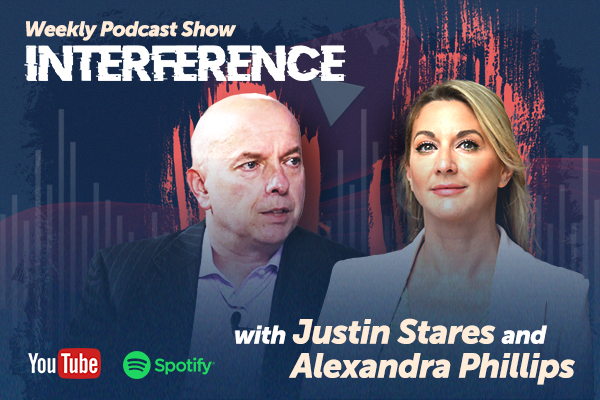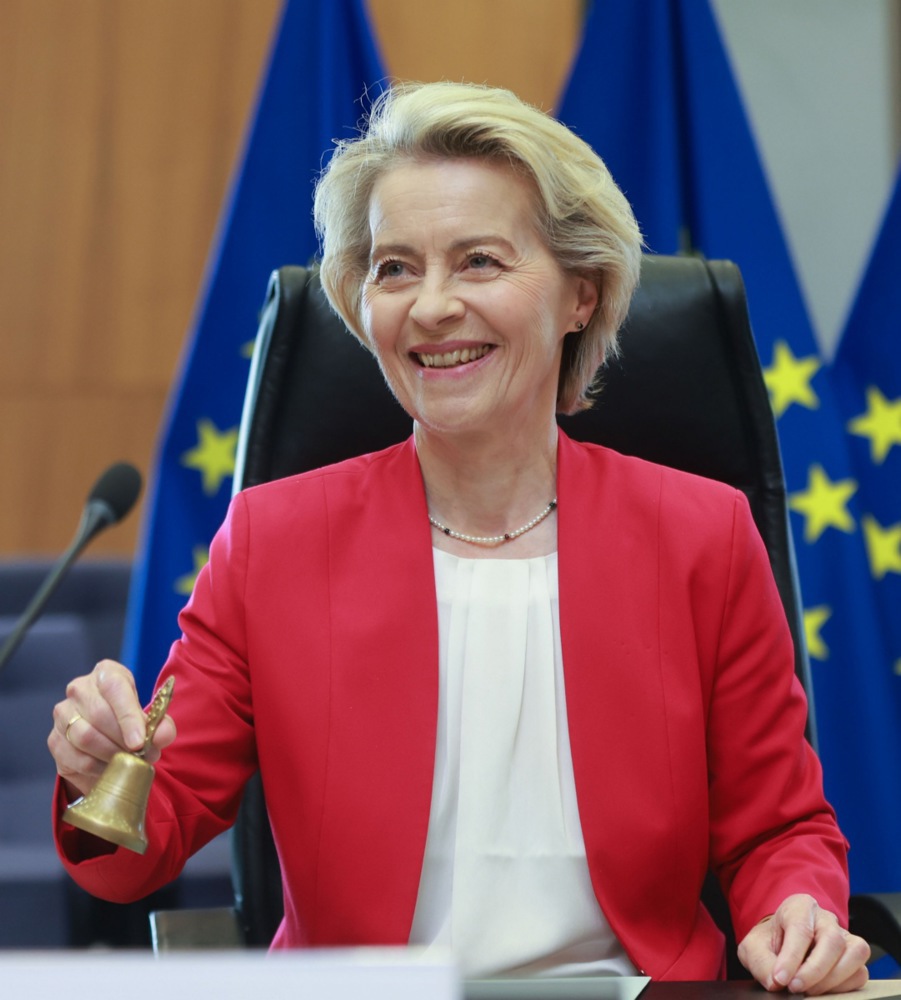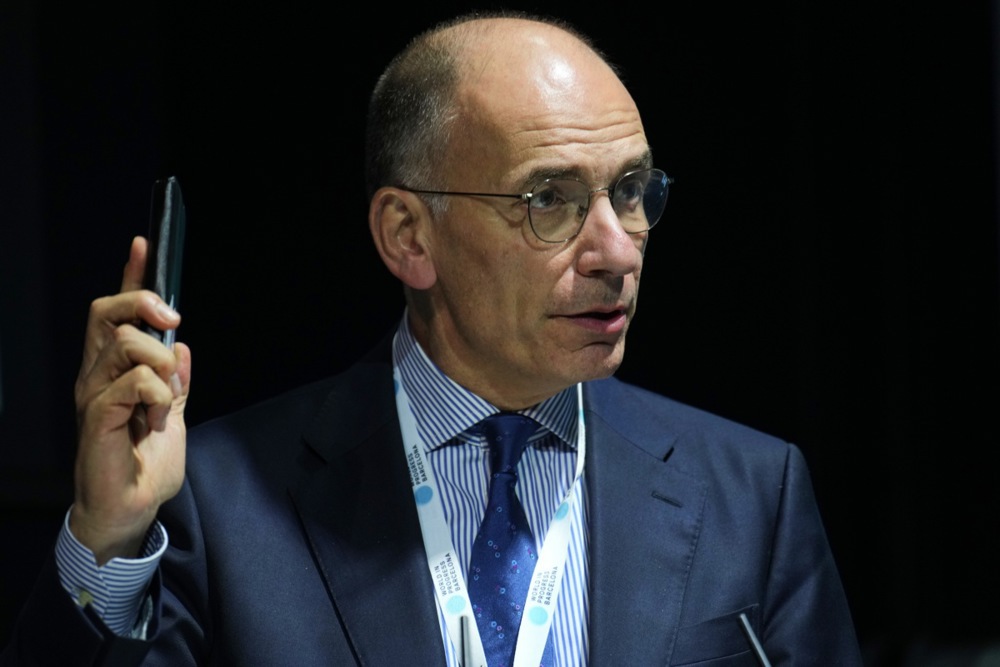The US dollar is now used in nearly 50 per cent of global payments, the highest level in over 12 years, according to newly released data.
The euro, by contrast, slipped further, continuing a steady decline since mid-2022.
Investors are not shifting their money from the dollar to the euro despite the weakening dollar, admits European Central Bank (ECB) President Christine Lagarde.
Investors “are not yet convinced”, Lagarde said in a Berlin speech May 26.
New data show the dollar’s share of global payments jumped in May to nearly 50 per cent — its highest share in more than a decade.
Part of the explanation may lie in the US itself.
The speech came only hours after markets rebounded back from another tariff shock.
On May 23, US President Donald Trump announced 50 per cent duties on EU imports starting June 1.
A day later, he reversed course again, confirming tariffs would remain at 10 per cent — for now. (A higher rate could still kick in after July 9.)
Legal challenges quickly followed.
On May 28, the US Court of International Trade ruled President Trump’s tariffs exceeded his authority under the International Emergency Economic Powers Act, effectively blocking their enforcement.
The following day, the US Court of Appeals for the Federal Circuit issued a temporary stay of that decision, allowing the tariffs to remain in effect while the appeal is underway, CNBC reported.
As of now, the tariffs remain at 10 per cent.
Lagarde called the tariffs row a “unique opportunity” for the euro to gain ground — but warned opportunity was different from delivery.
She laid out two reasons behind investors’ hesitation.
One was structural, in that Europe still lacked a real capital markets union. Its rules are fragmented, markets are shallow, and national interests dominate–criticisms the Letta report made in April 2024.
The second reason was strategic, in that investors looked for geopolitical insurance — such as military alliances, defence, and credibility. Europe, after decades of under-investing in hard power, had a gap it had yet to close.
Even increasingly erratic US policy had not been enough to push money into the euro, Lagarde admitted.
The dollar still benefited from being backed by a dominant power. Though investors complained about volatility, they did not move their assets.
There were, though, signs the mood was shifting.
Asset managers including Amundi SA now see the euro rally as structural, Bloomberg reported May 27.
The euro hit $1.15 in April, its highest value since 2021.
Some analysts, like Deutsche Bank’s George Saravelos, called the shift historic.
Trump’s February decision to reduce US military support to Europe already pushed Germany to launch a €1 trillion spending plan.
The new investment programme, plus tariff chaos, had helped drive demand in the eurozone— alongside traditional haven currencies like the yen and Swiss franc.
However, the dollar’s share of payments continues to rise, Swift data showed.
The euro, despite stronger growth and falling inflation, is still losing ground.
“Investors, especially official ones, also look for geopolitical insurance,” said Lagarde, adding “and strength means more than just central bank credibility.”





